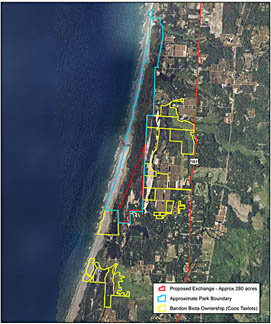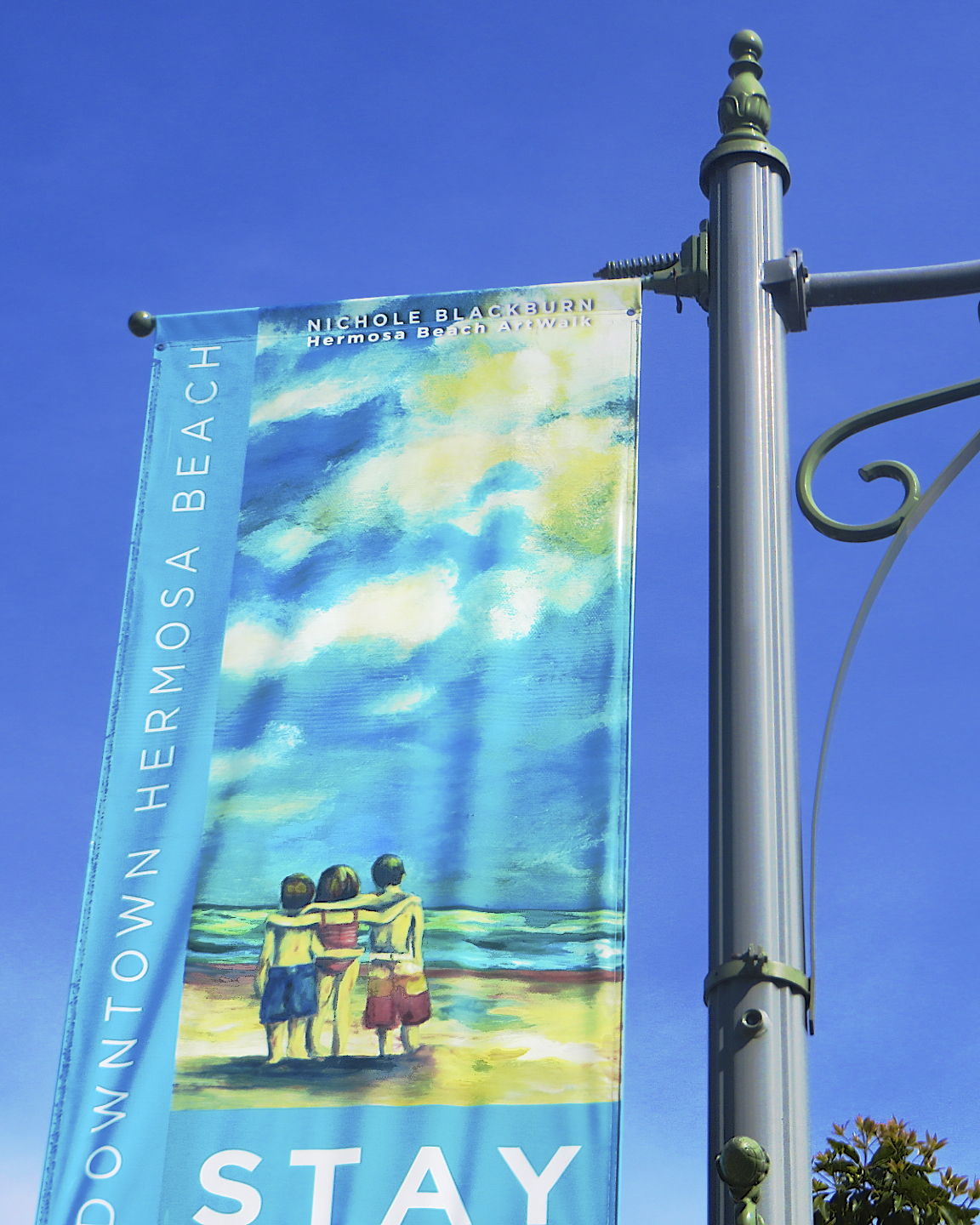Posted in Uncategorized | Leave a Comment »
John Irving. Avenue of Mysteries. Simon and Schuster. New York. 2015. 460 pp.
So, John Irving has written a new book, Avenue of Mysteries. This was not a book atop my must read list. Truth to tell, I don’t like John Irving’s writing much. As I read in the jacket bio his “all-time best selling novel, in every language” is A Prayer for Owen Meany, a book I found almost distasteful. I had to force myself to finish it. Nothing much in it worked for me.
 I brought home Avenue of Mysteries promising myself I could just stop if I wanted to; I wasn’t in school anymore. I am longer compelled to read Irving, just because Time magazine notes “He is as close as one gets to a contemporary Dickens in the scope of his celebrity and the level of his achievement.” Besides, even reviews of Avenue of Mysteries have been less than five-star. Some reader/reviewers had flat out given up, even after mentioning they’ve loved every other of Irving’s books.
I brought home Avenue of Mysteries promising myself I could just stop if I wanted to; I wasn’t in school anymore. I am longer compelled to read Irving, just because Time magazine notes “He is as close as one gets to a contemporary Dickens in the scope of his celebrity and the level of his achievement.” Besides, even reviews of Avenue of Mysteries have been less than five-star. Some reader/reviewers had flat out given up, even after mentioning they’ve loved every other of Irving’s books.
Surprise! What I found was a book of rare language, amazingly colorful larger-than-life characters, and some plot premises so absurd I had to fall in love. It didn’t hurt that this book has undercurrents of magical realism casting its spell beginning with a Mexican setting with suitable miracles preformed by various “Our Ladies”. But it is the characters and their development that has such a latin ring. Irving uses magical realism’s method of repetition of the full names of characters with just a handful of substitute descriptors for each (e.g. the main characters, a limping Juan Diego and his mind-reading younger sister Lupe, are described repeatedly as “the dump kids”). Catholicism plays a pivotal role, as does the circus, characters who don’t appear in photos taken of them, ghostly veterans, transvestites, and dogs, lots of dogs.
At some points I felt I could be reading a novel based on a Fellini movie rather than John Irving, originally from New England, now from Toronto. The book is overdone at times for sure. But the rhythm of dialog, the zany cast and the tragedy cum comedy kept me pushing on to his conclusion: “Not every collision course comes as a surprise.”
Posted in Literary Criticism, People | Tagged Avenue of Mysteries, book, Book Commentary, Book Review, John Irving | Leave a Comment »
Here is Christmas. Here is Grace. Best hopes for 2016.
Peace.
http://www.nytimes.com/video/us/politics/100000003766925/obama-sings-amazing-grace-.html?
Posted in Uncategorized | Leave a Comment »
A few days ago, we noticed our Halloween pumpkin had disappeared from our back step. Hummm…
We live in a densely packed over-55 community and it’s been weeks since Halloween. What the heck could some retired person want with our pumpkin? It was big, heavy, not carved. Barely moveable.
The rhetoric quickly heated up:
“If somebody needed a punkin that bad they could have asked!”
“Can you imagine some old geezer walking away with that thing, quietly no less?”
“I mean really, what’s going to happen next? Is anywhere safe anymore?”
An immediate scan of the area yielded nary a clue. Maybe the pumpkin-napper had taken it away in an SUV? We were stumped.
Then yesterday Stan happened to notice something semi-round and orange laying on its side beneath a nearby Arizona rosewood tree.
Our Pumpkin! Now a mere shadow of its former self, cleaned out through a hole chomped through its side.
I wonder: What will the neighborhood javelinas eat next?
Posted in Arizona, Environment, Natural History, small town photography | Tagged Green Valley AZ, halloween pumpkin, javelinas, recycling a halloween pumpkin, Villas West | Leave a Comment »
















Book Review: La Rose by Louise Erdrich
May 29, 2016 by wanderwest
La Rose. Louise Erdrich. Harper Collins. New York. 2016. 373 pp.
Louise Erdrich has done it again. She has managed, yet again, through her elegant prose to tell us a story we needed to know. As I was reading LaRose the word immanence kept coming to mind, that shadowy certainty of glimpsing the divine in the mundane.
This story is a deeply painful one, of crushed family relationships and broken spirits, of the toll of the drugs and alcohol characters turned to for relief, of the loss of Native American traditions to Indian schools and the grinding poverty of reservation. At the center are the two families—one native living on the reservation and one white just across the line—who struggle throughout the book to deal with a tragic loss that occurs on the book’s second page. But there are also their children, their children’s friends and enemies, a Catholic priest who can’t stop dreaming about a war, a drug-rattled guy with a grudge. And the old people, now living in the Elder House, who tell the old stories and who share risqué comments about each other. Within this rather grim structure of sorrow and loss, Erdrich weaves a shimmering tapestry of truth and magic. And in the end there is the ability to overcome it all with re-kindling old family ties and pride in each other even across blended family lines.
Having read other books by Erdrich, I was struck again with her subtle nod to the redemptive power held in everyday reservation routine like making fry bread or beading, and carrying on family traditions through naming (LaRose is a fourth generation LaRose) even as CNN, Power Ranger figurines, drugs, high school sports, and poverty loom large in daily life.
The story is rich, engrossing and in the end, numinous. Please read it.
Posted in People, Social Commentary | Tagged Book Review, La Rose, Louise Erdrich, Native American | Leave a Comment »